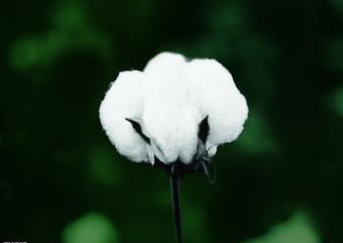CHENGDU YOUANCHENG COMPANY , https://www.youanchengshoes.com A study by Gherzi, a Zurich-based consultancy, said that in the past 10 years, the Indian cotton textile industry has increased its competitiveness relative to six rival countries (including China, Bangladesh, and Thailand). The latest USDA report It noted that India’s cotton exports fell by 36% to 9.14 million bales in the first 11 months of the year (as of June).
A study by Gherzi, a Zurich-based consultancy, said that in the past 10 years, the Indian cotton textile industry has increased its competitiveness relative to six rival countries (including China, Bangladesh, and Thailand). The latest USDA report It noted that India’s cotton exports fell by 36% to 9.14 million bales in the first 11 months of the year (as of June).
In the year of cotton sales from August to July, India has increased its competitiveness in areas such as technology renewal, manufacturing costs and exports.
The US Department of Agriculture’s preliminary estimate stated that by the end of June, India’s cotton exports had reached 9.1 million bales (1 bag = 170 kilograms), compared with 13.91 million bales exported between August and July 2011-12. A report of the Organisation for Economic Co-operation and Development (OECD-FAO) estimates that due to the increase in production in the coming year, India will replace China by 2022 and become the world’s largest cotton producer.
The report said that China’s cotton production is expected to decrease by 17%, while India’s cotton production is expected to increase by 25%, making India the world’s largest cotton producer.
However, the rate of increase in yields has slowed compared to the previous decade.
According to the statistics of the Indian Federal Ministry of Agriculture, Indian cotton production was 33.8 million bales in the 2012-13 crop year (July-June), slightly lower than the 35.375 million bales last year (the Indian Cotton Association's figures).
Although slightly lower, the output is still expected to increase. According to most studies, not only will production increase, India's cotton consumption growth will also be higher than any other country. When India replaces China as the world’s largest cotton producer, the cotton textile industry is more competitive and consumption will increase further.
One problem the cotton industry has always faced is that big cotton traders are hoarding cotton, leading to higher cotton prices. Different stakeholders in the cotton industry are constantly raising this issue. They hope that the Indian cotton company will put inventory into the domestic textile mills. However, Indian Cotton Company believes that Indian cotton prices respond to higher international market prices most of the time. If the gap between domestic and foreign cotton prices narrows, it bodes well for farmers.
When the planting schedule and the weather are good, prices fall. Analysts and traders said that the planting progress in Indian cotton production areas is now good. The weather is also very good. This may lead to a drop in cotton prices in the coming weeks.